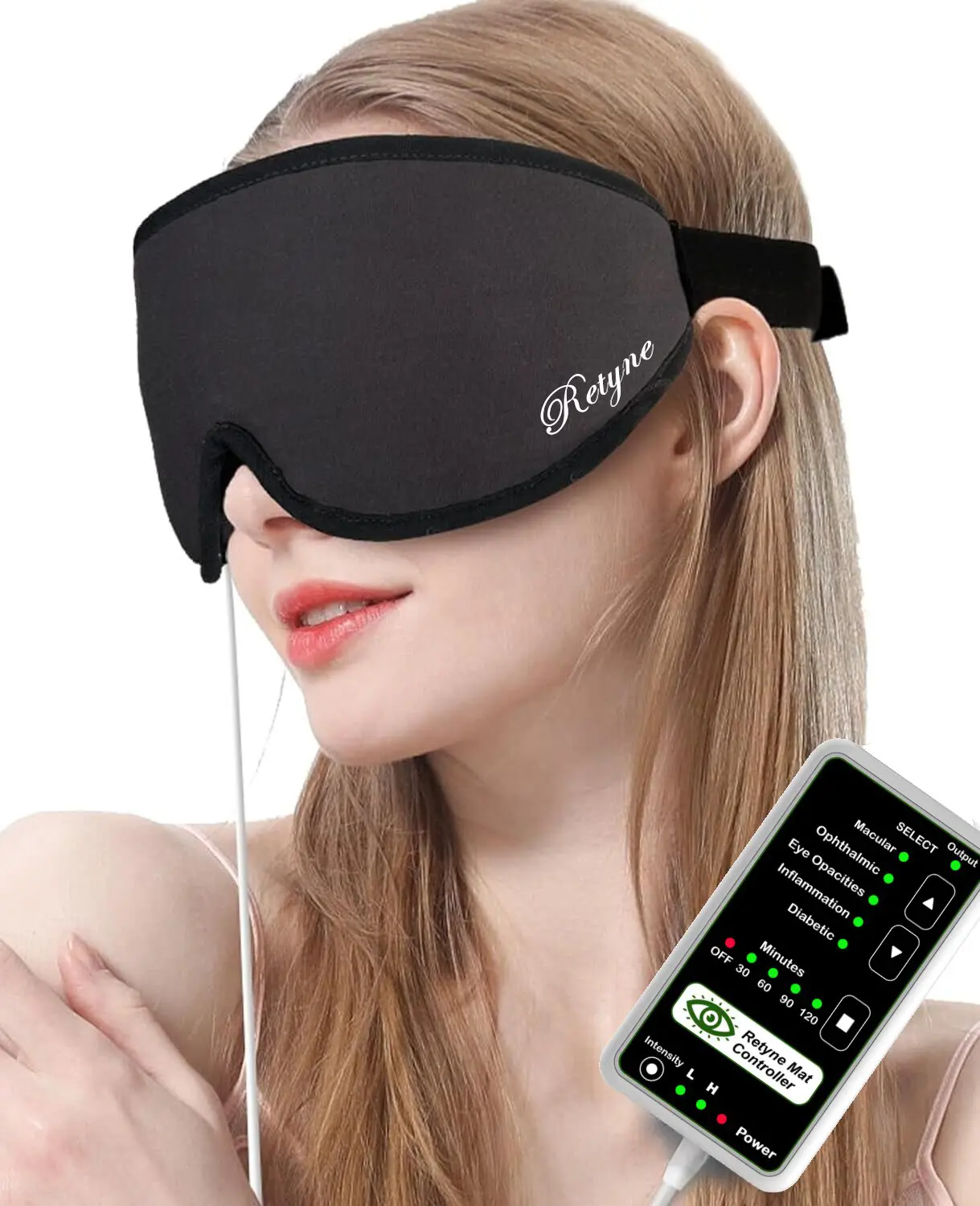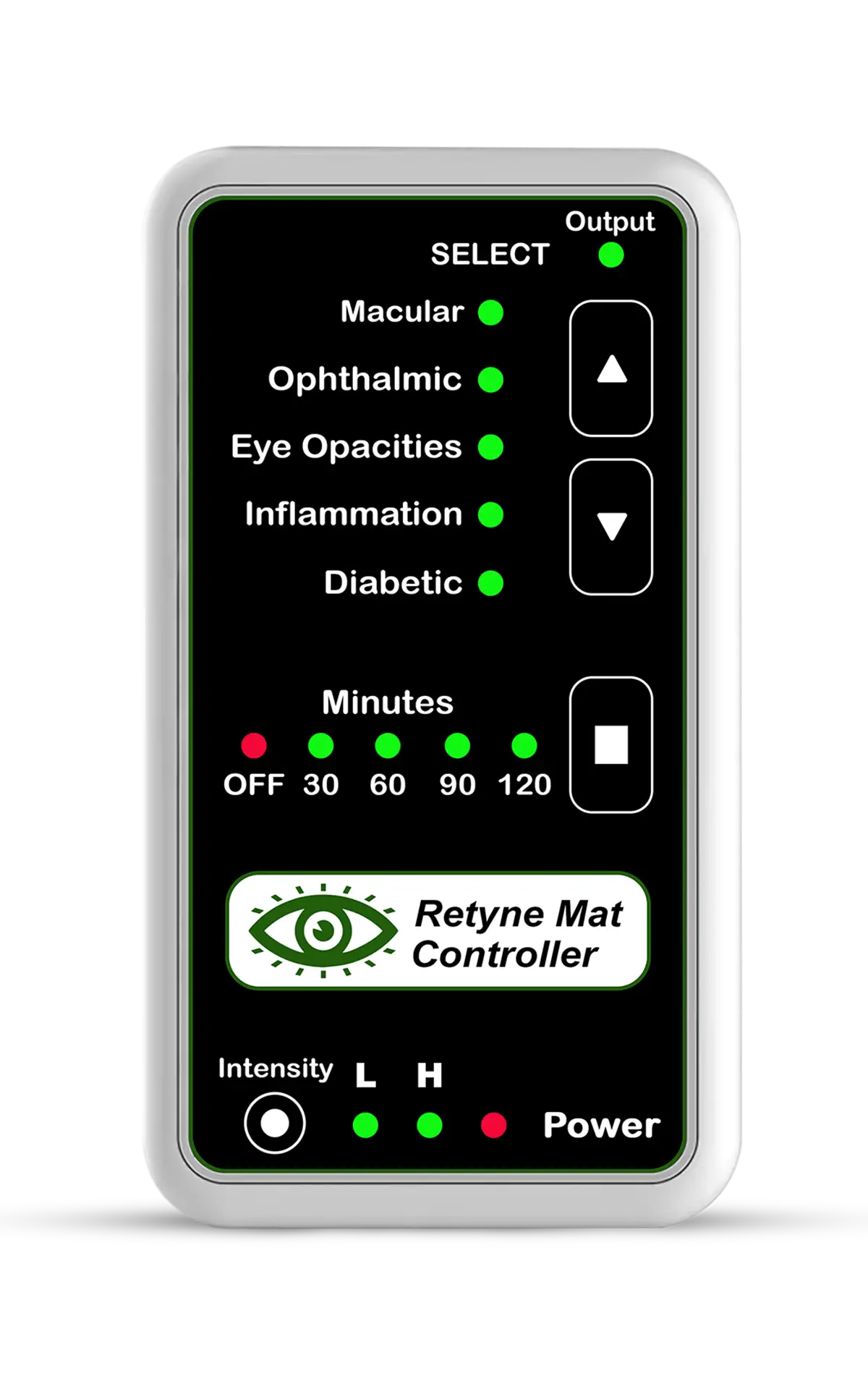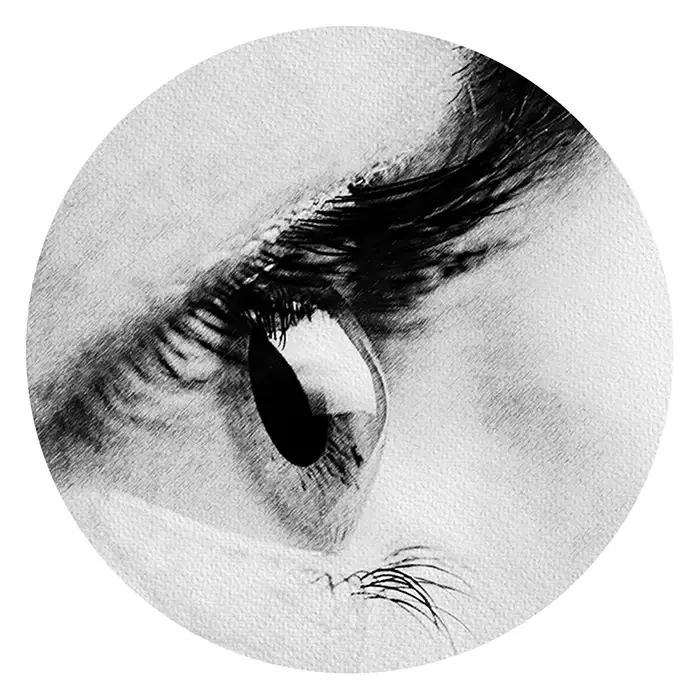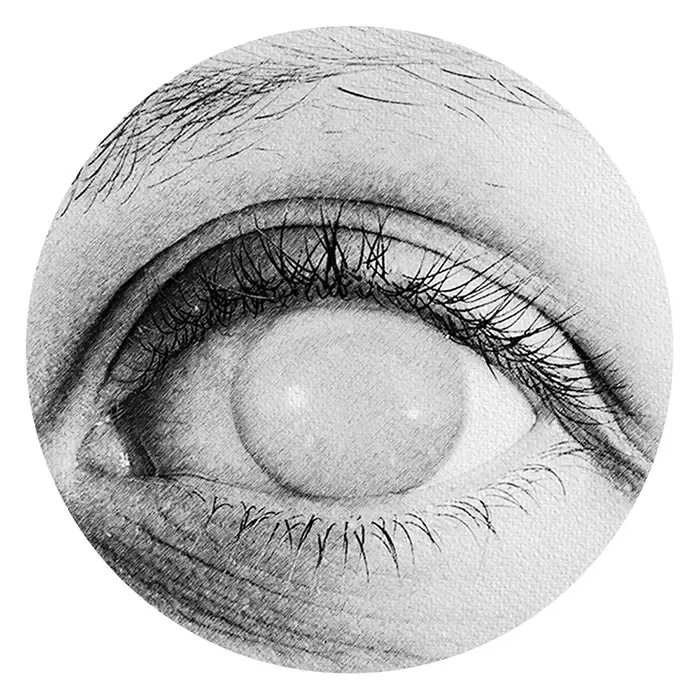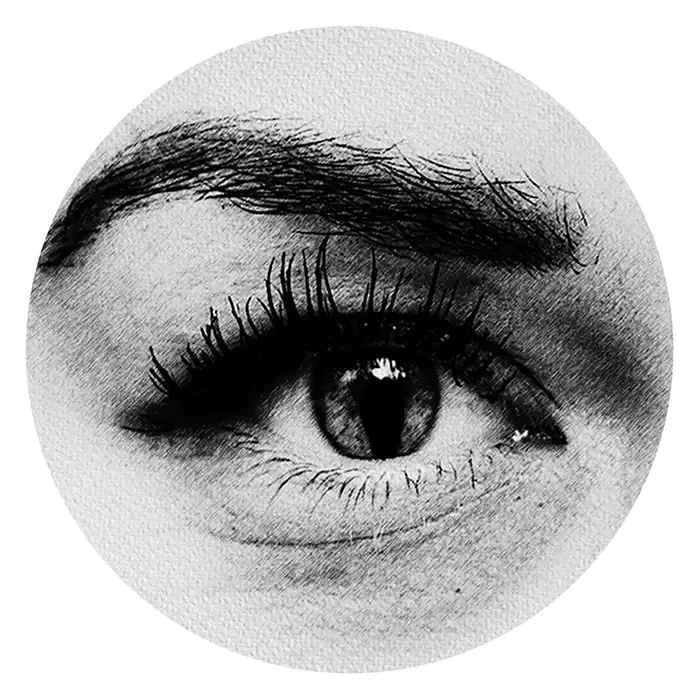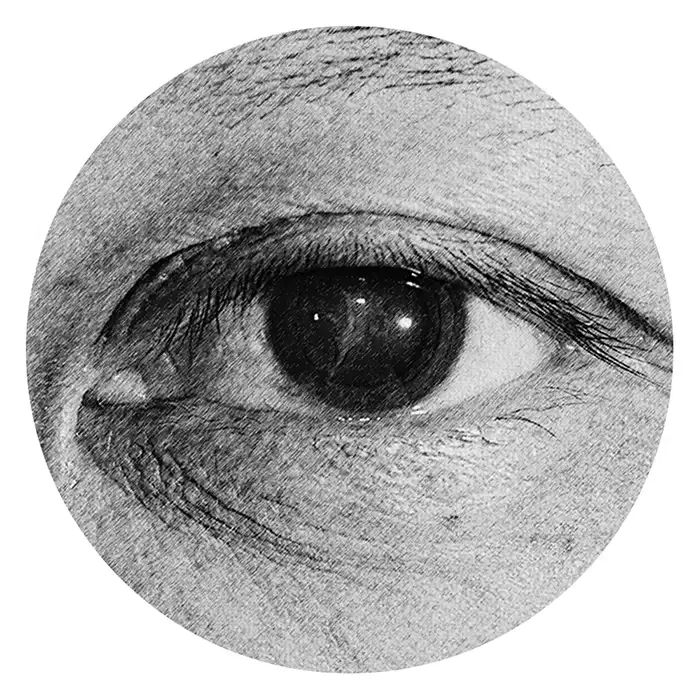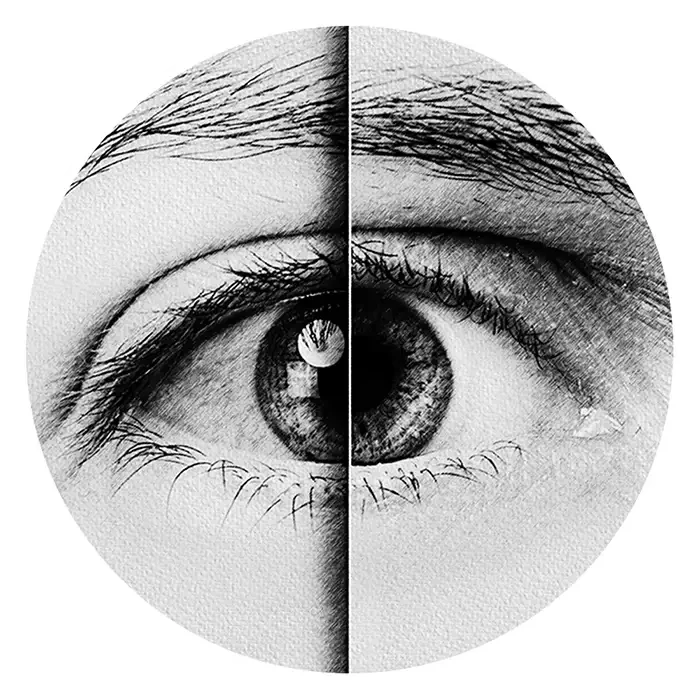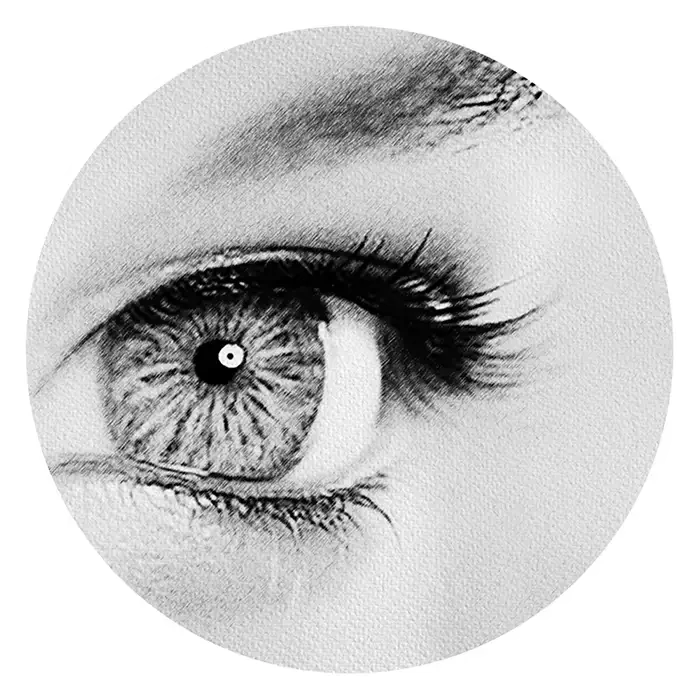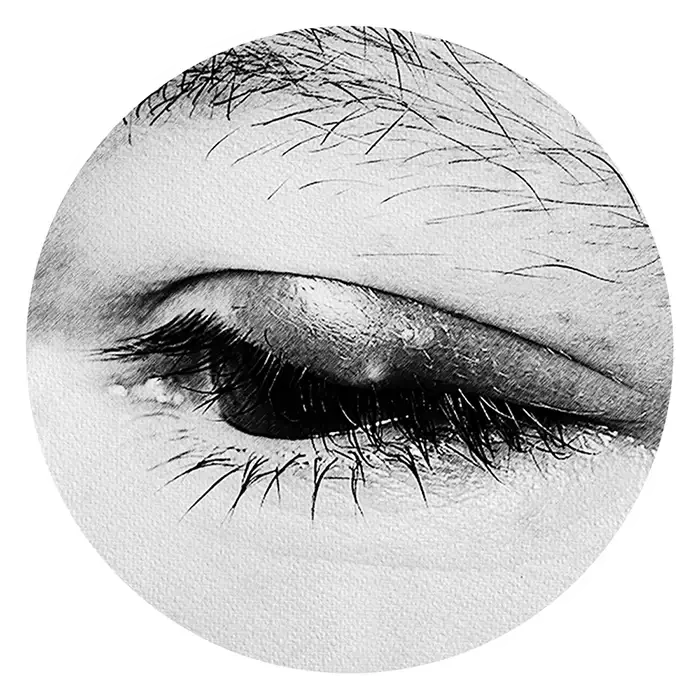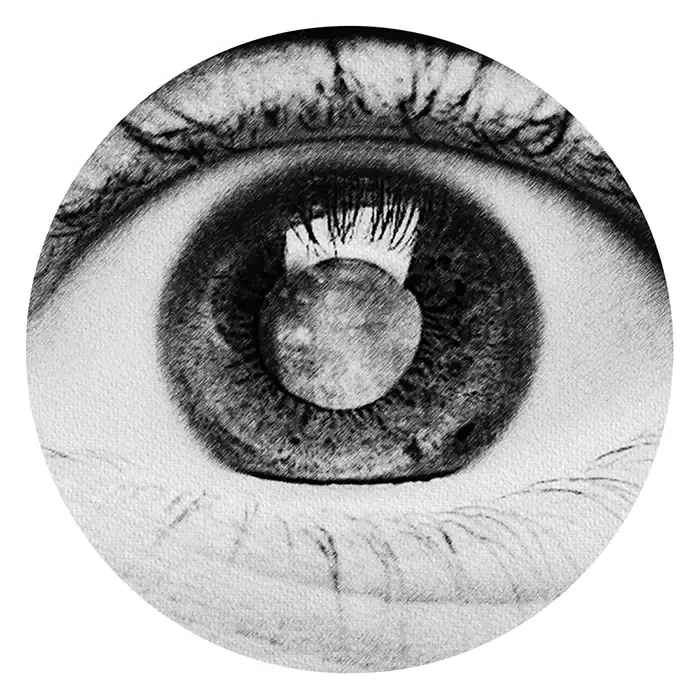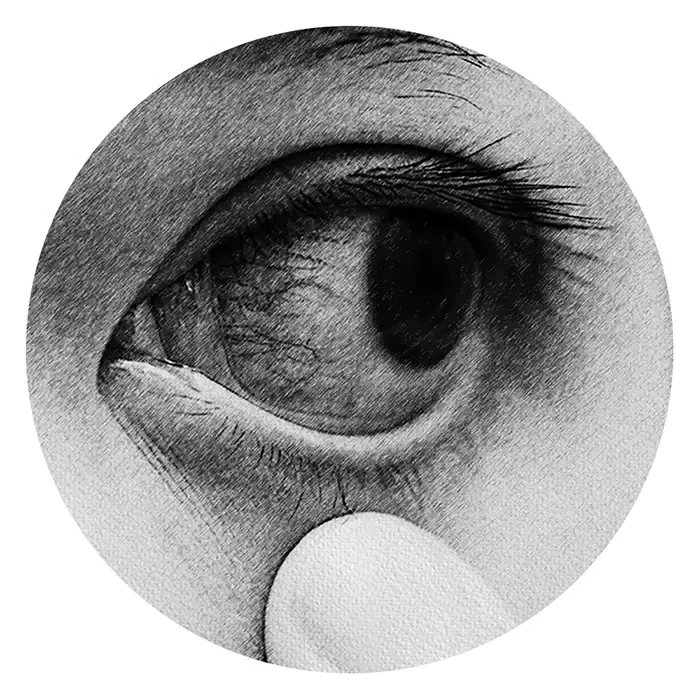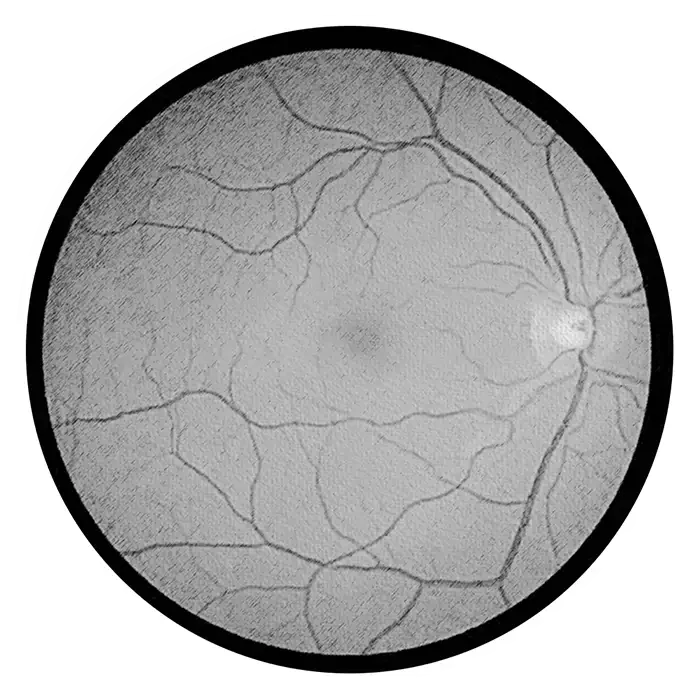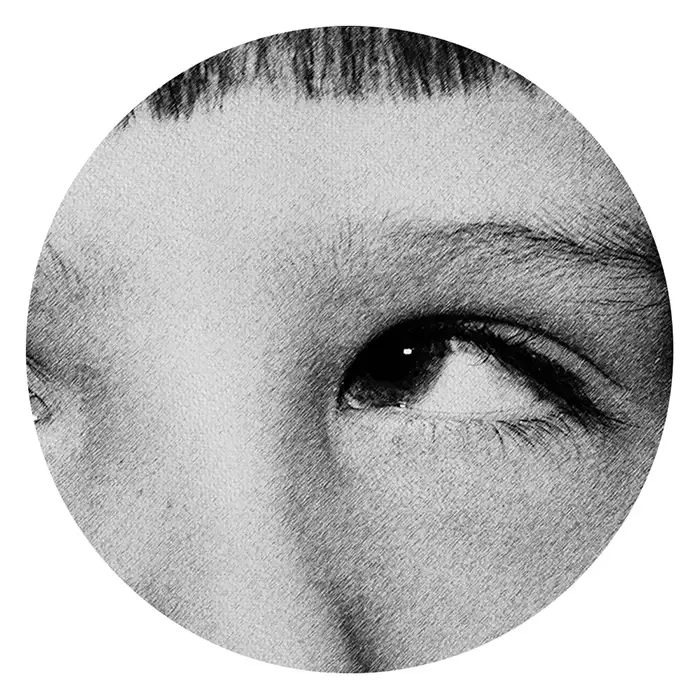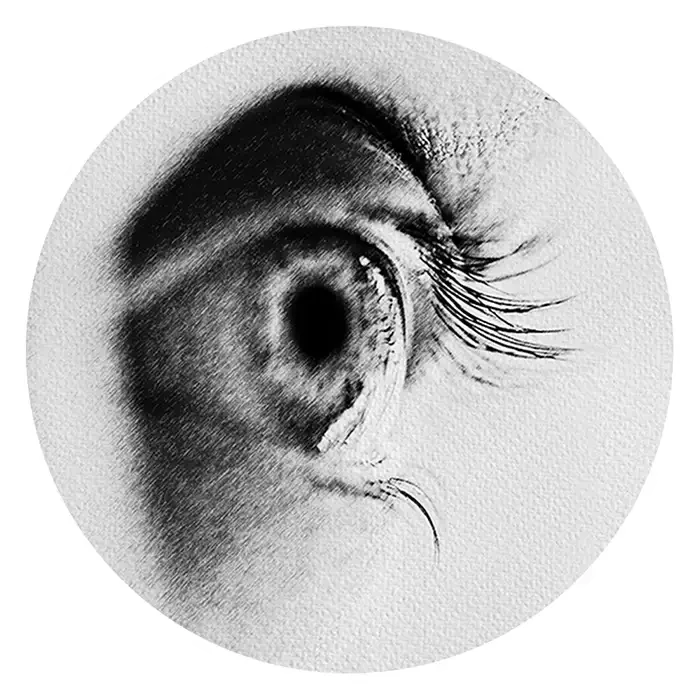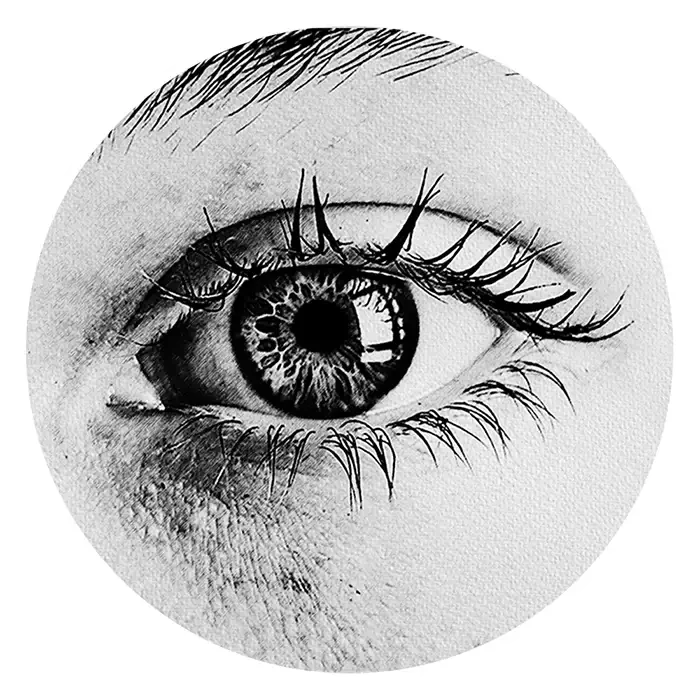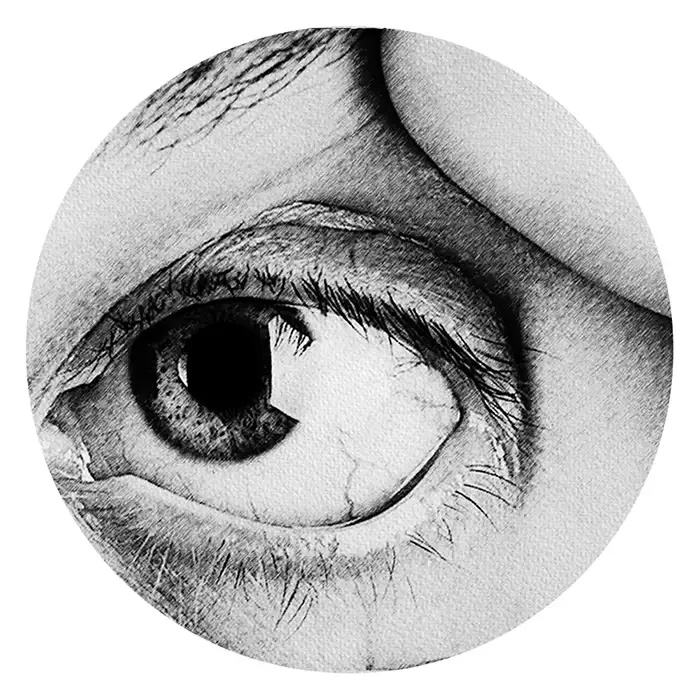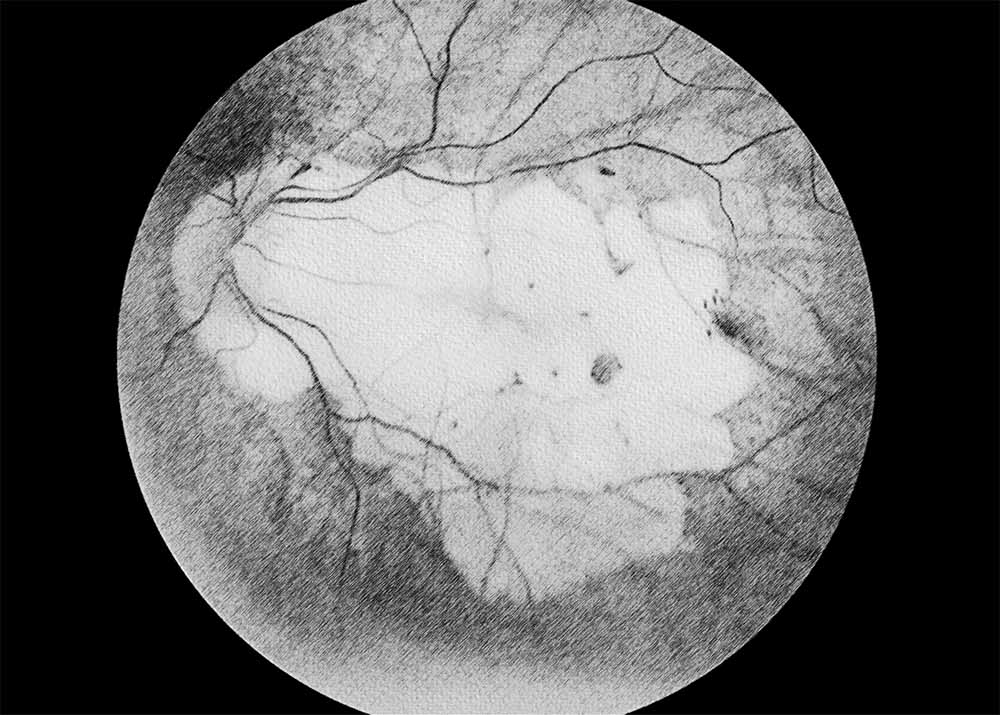
Managing Myopic Macular Degeneration with Retyne Infrared Eye Mat
Myopic macular degeneration (MMD) is a subtype of macular degeneration that occurs in individuals with high myopia, also known as nearsightedness. It is characterized by progressive degenerative changes in the macula, the central part of the retina responsible for sharp central vision. MMD typically manifests as atrophic changes, including thinning of the retinal layers, choroidal neovascularization (CNV), and the formation of macular holes or tears. Diagnosing MMD involves a thorough eye examination, including visual acuity testing, optical coherence tomography (OCT), fundus photography, and fluorescein angiography, which help to identify characteristic features of the condition.
There are several types of MMD, each with its own distinct features and clinical course. These include atrophic MMD, characterized by progressive loss of retinal tissue and visual function, and neovascular MMD, characterized by the growth of abnormal blood vessels beneath the retina. Both forms of MMD can lead to significant visual impairment and require careful management to preserve remaining vision and prevent further progression. Treatment options for MMD may include intravitreal injections of anti-vascular endothelial growth factor (anti-VEGF) medications, photodynamic therapy, and laser photocoagulation, depending on the subtype and severity of the condition.
The Retyne Infrared Eye Treatment Mask offers a novel approach to managing the symptoms of MMD, providing patients with a non-invasive and targeted treatment option. Program #1 on the Retyne controller delivers invisible infrared light therapy to the affected retinal tissues, aiming to improve cellular metabolism, reduce inflammation, and promote tissue repair. By utilizing invisible infrared light, the Retyne mask can penetrate deep into the retinal layers to exert its therapeutic effects without causing discomfort or side effects.
Incorporating the Retyne Infrared Eye Treatment Mask into the management of MMD can complement existing treatment modalities and offer patients a proactive approach to preserving their vision. By targeting the underlying pathophysiology of MMD, including retinal thinning and CNV formation, infrared light therapy may help slow the progression of the disease and preserve visual function. Additionally, the Retyne mask can be used as part of a comprehensive treatment plan to enhance the quality of life for patients with MMD, providing a convenient and effective means of managing their condition.
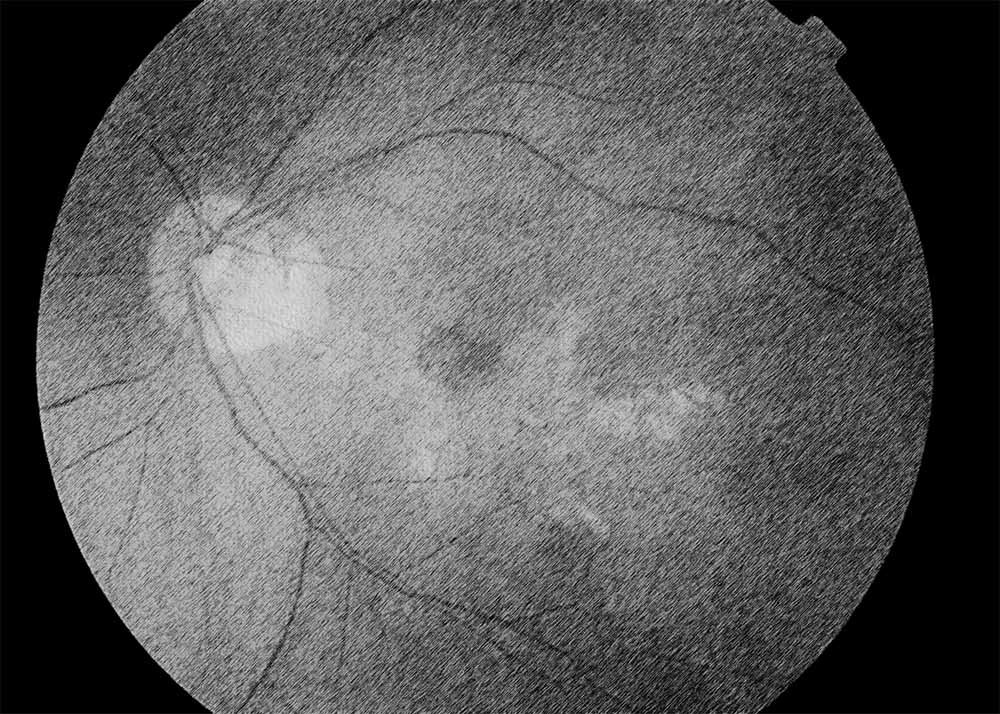
Myopic macular degeneration, as a subtype of macular degeneration, shares similarities with other forms of the condition in terms of its impact on visual function and quality of life. However, MMD specifically affects individuals with high myopia, who may be at increased risk of developing complications such as retinal detachment and CNV. The Retyne Infrared Eye Treatment Mask offers a versatile therapeutic option for addressing the symptoms of MMD, providing patients with a safe, effective, and convenient means of managing their condition and preserving their vision for the long term.
In conclusion, Myopic Macular Degeneration represents a significant challenge in ophthalmology, necessitating innovative approaches to slow disease progression and preserve visual function. The Retyne Infrared Eye Treatment Mask offers a promising tool in the management of MMD, providing clinicians and patients alike with a proactive and personalized treatment option. With its ability to deliver targeted infrared light therapy to the affected retinal tissues, the Retyne mask holds potential for improving visual outcomes and enhancing the quality of life for individuals with Myopic Macular Degeneration.
The Retyne eye treatment mask employs a specific array of frequencies (0.15, 0.18, 0.8, 5.5, 33.2, 172.3, 471.2, 557.82, 603.44, 921.88) meticulously tailored to address symptoms associated with Myopic macular degeneration . Each frequency is carefully selected based on its documented effectiveness in managing and alleviating Myopic Macular Degeneration. Retyne's innovative approach involves the transformation of these frequencies into invisible infrared light output, heralding a pioneering fusion of frequencies with light—a revolutionary technology pioneered by Retyne Labs.
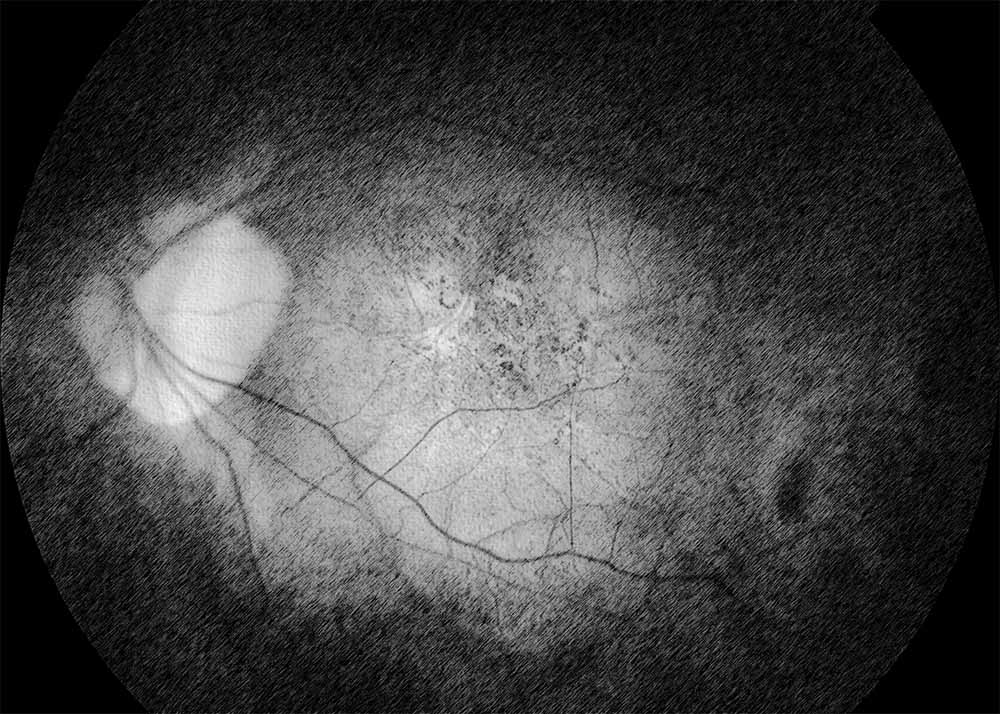
Drawing inspiration from the pioneering research of Dr. Rife, who unearthed the therapeutic potential of precise frequencies and harnessed light for their propagation, Retyne's methodology embraces contemporary insights into invisible infrared technology. By leveraging current advancements and building upon historical investigations into frequency-based light transmission, Retyne has developed the innovative Retyne Eye Treatment Mask. This cutting-edge device represents the synthesis of modern breakthroughs in visual healthcare, offering a comprehensive solution rooted in both tradition and progress.
Myopic Macular Degeneration frequencies exist at program 2067 on the International ETDFL frequency list (0.15, 0.18, 0.8, 5.5, 33.2, 172.3, 471.2, 557.82, 603.44, 921.88)
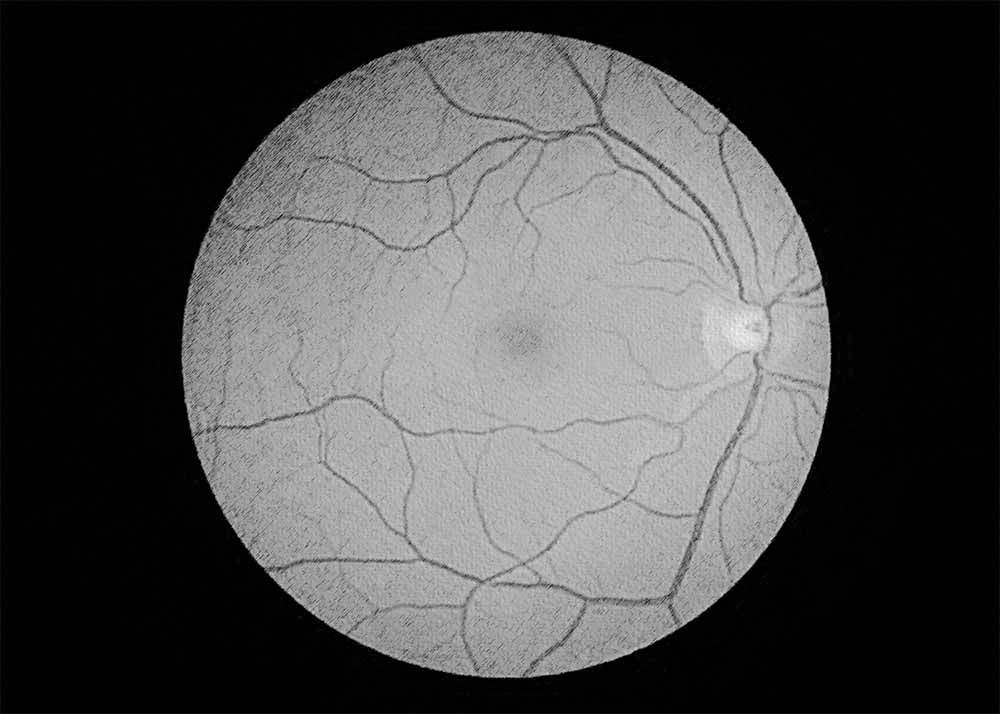
Compatibility
Standalone controller (Program #1) (Controller shipped with Retyne Eye Treatment Mask)
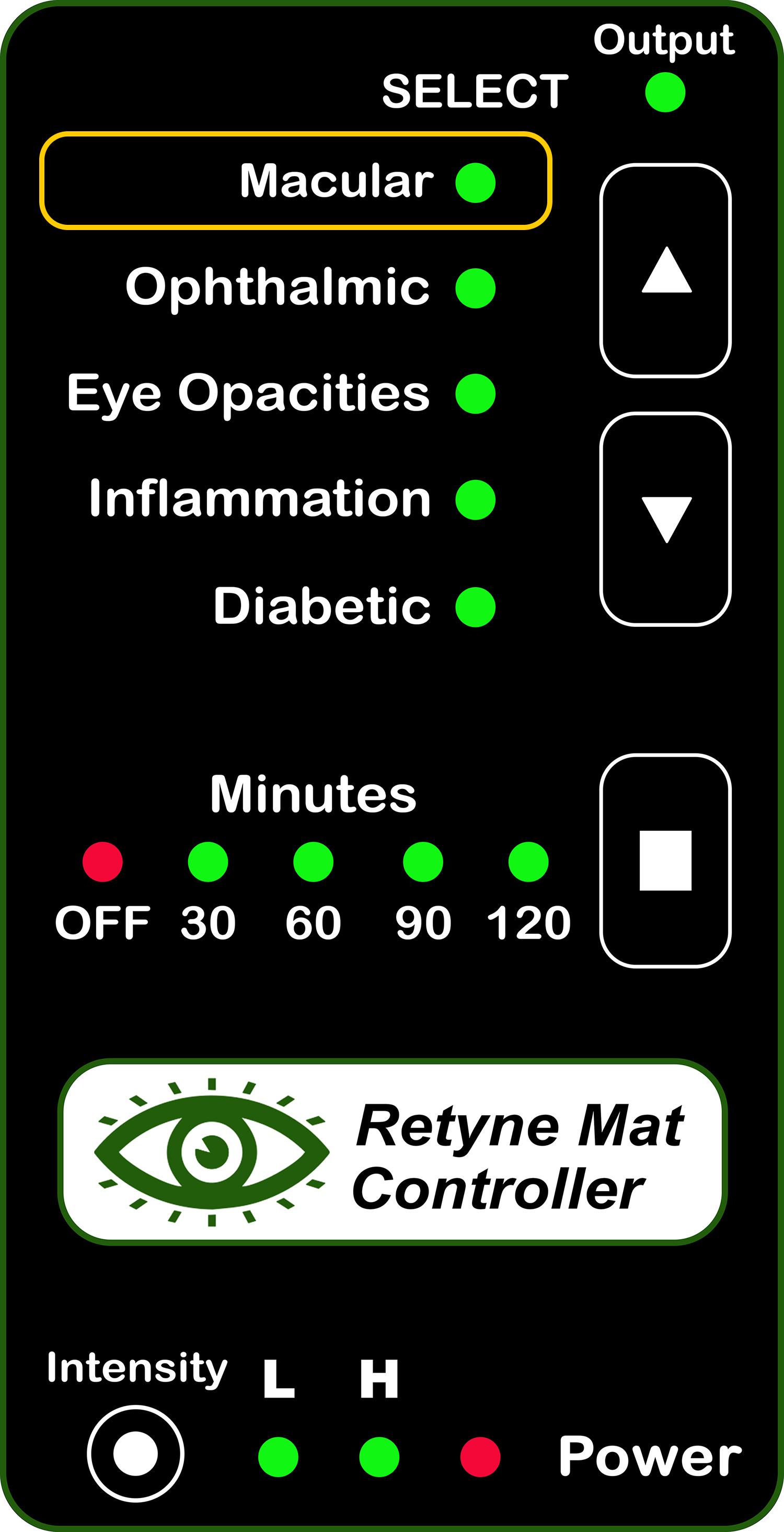
RDPV4 (Direct connect, use group 2067)
RDPV4 Light Mask Program button 1
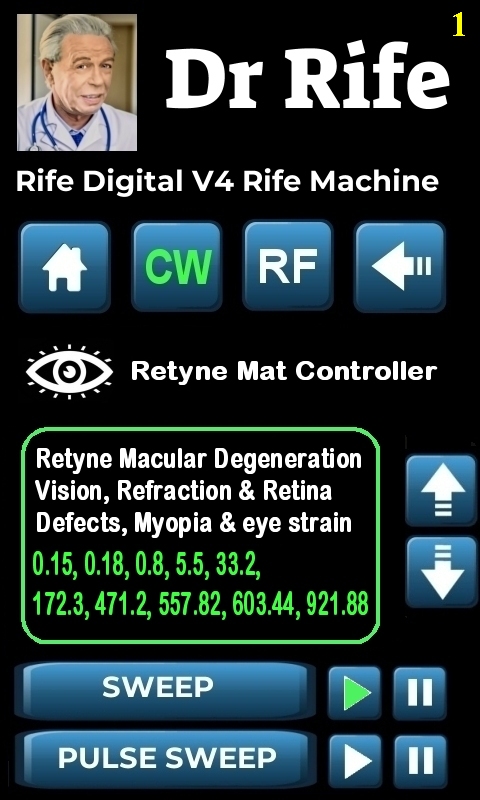
Click here for instructions on using the Retyne Mask + Controller
